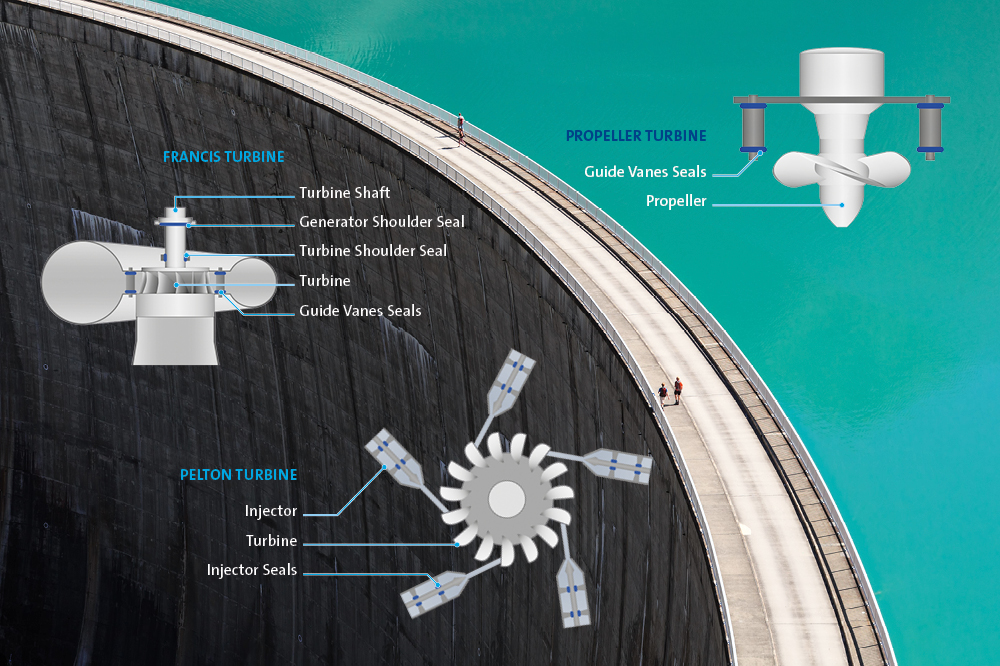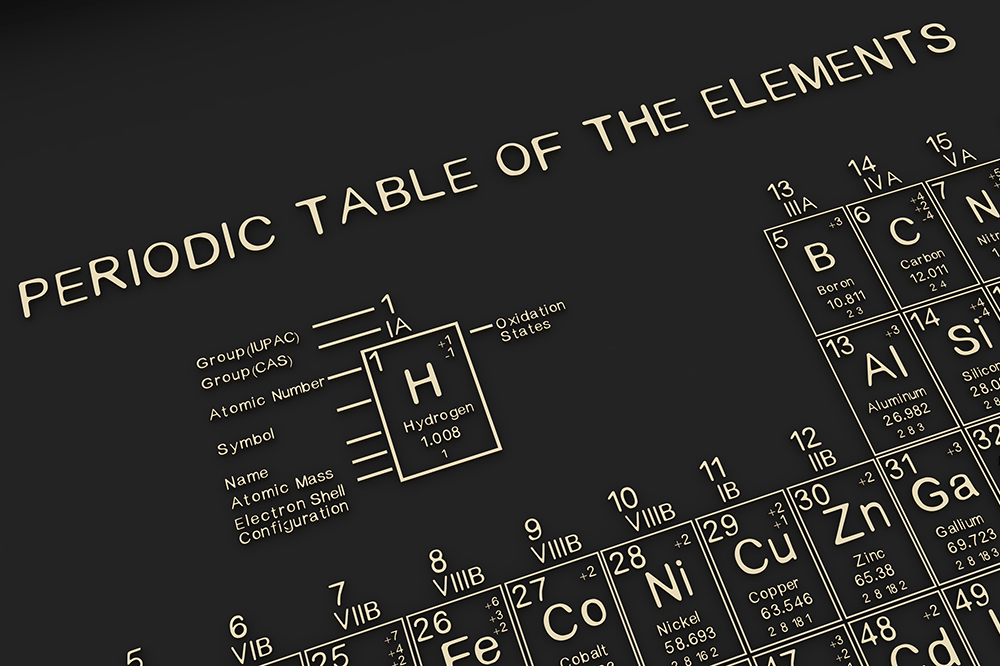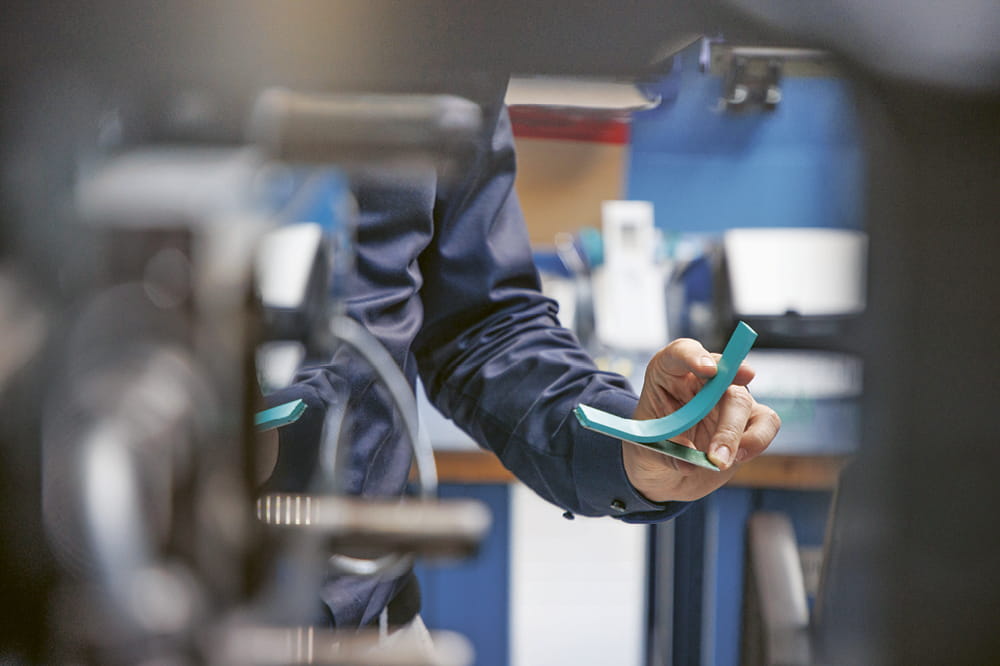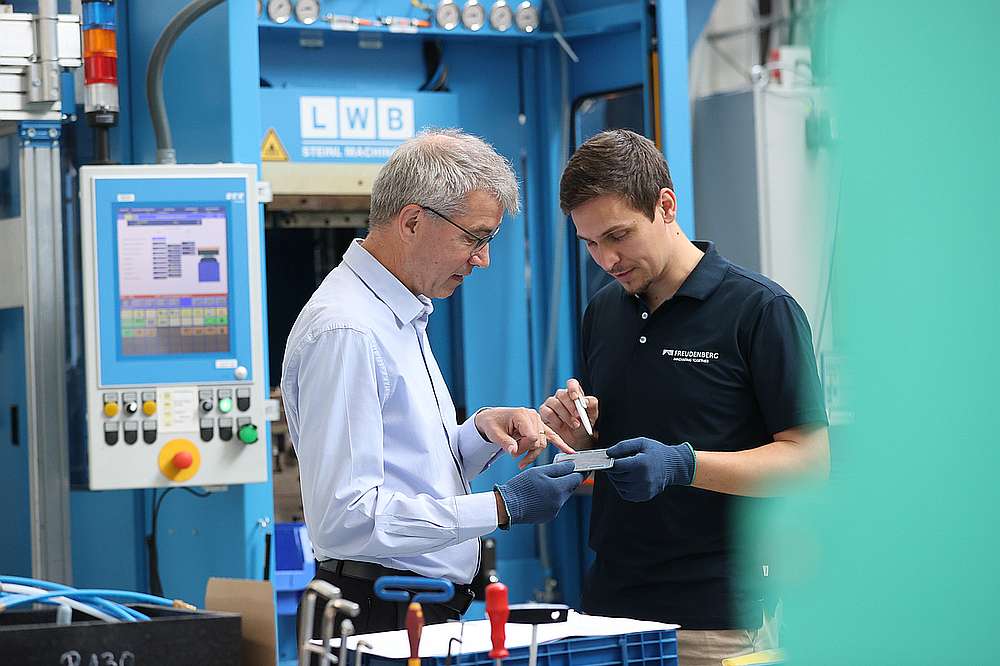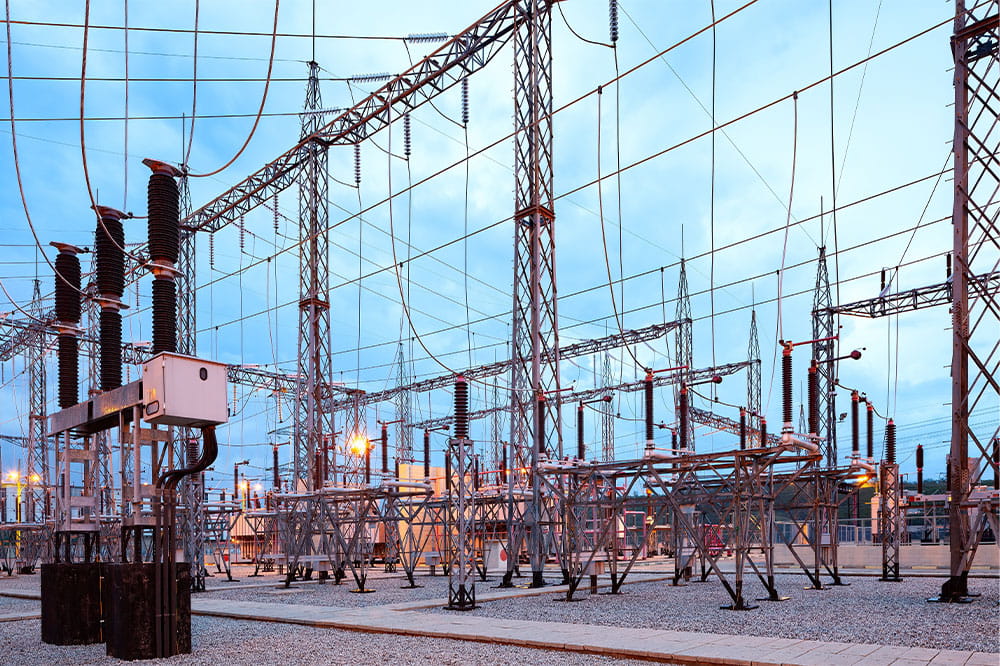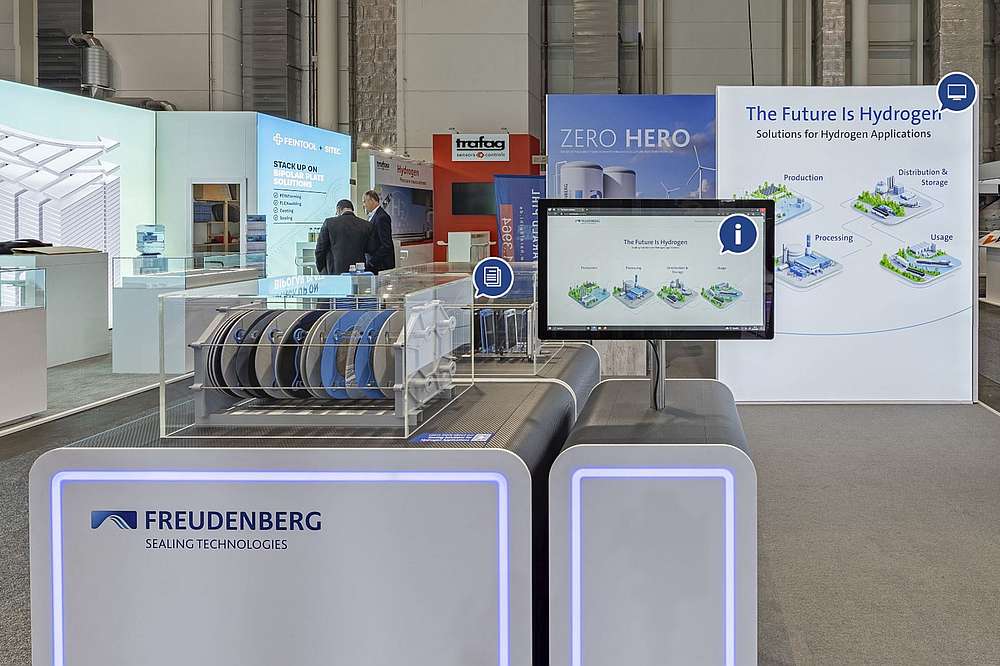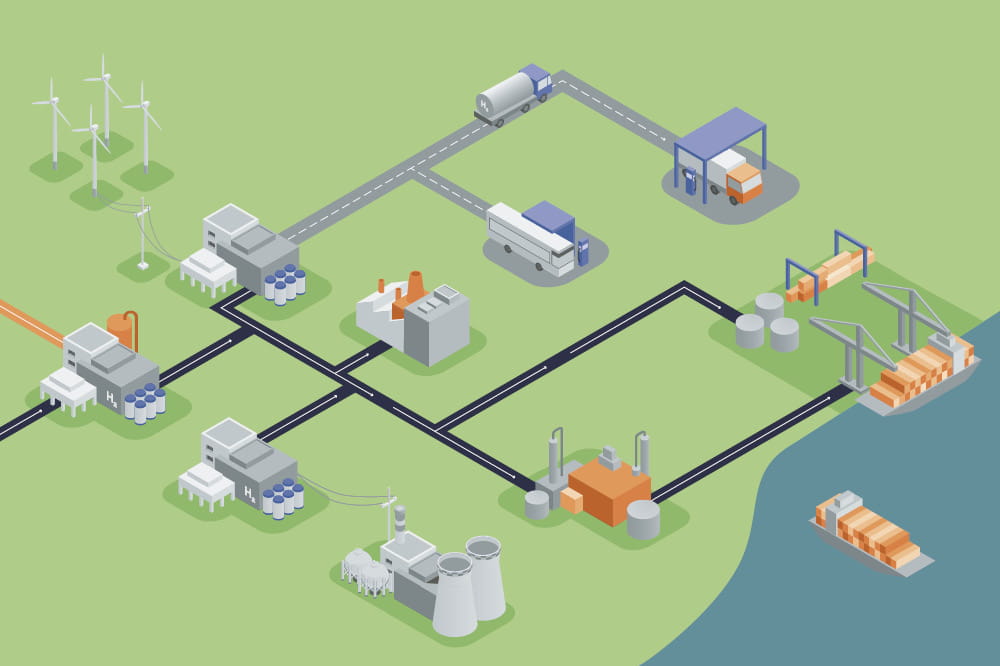Obtain news and background information about sealing technology, get in touch with innovative products – subscribe to the free e-mail newsletter.
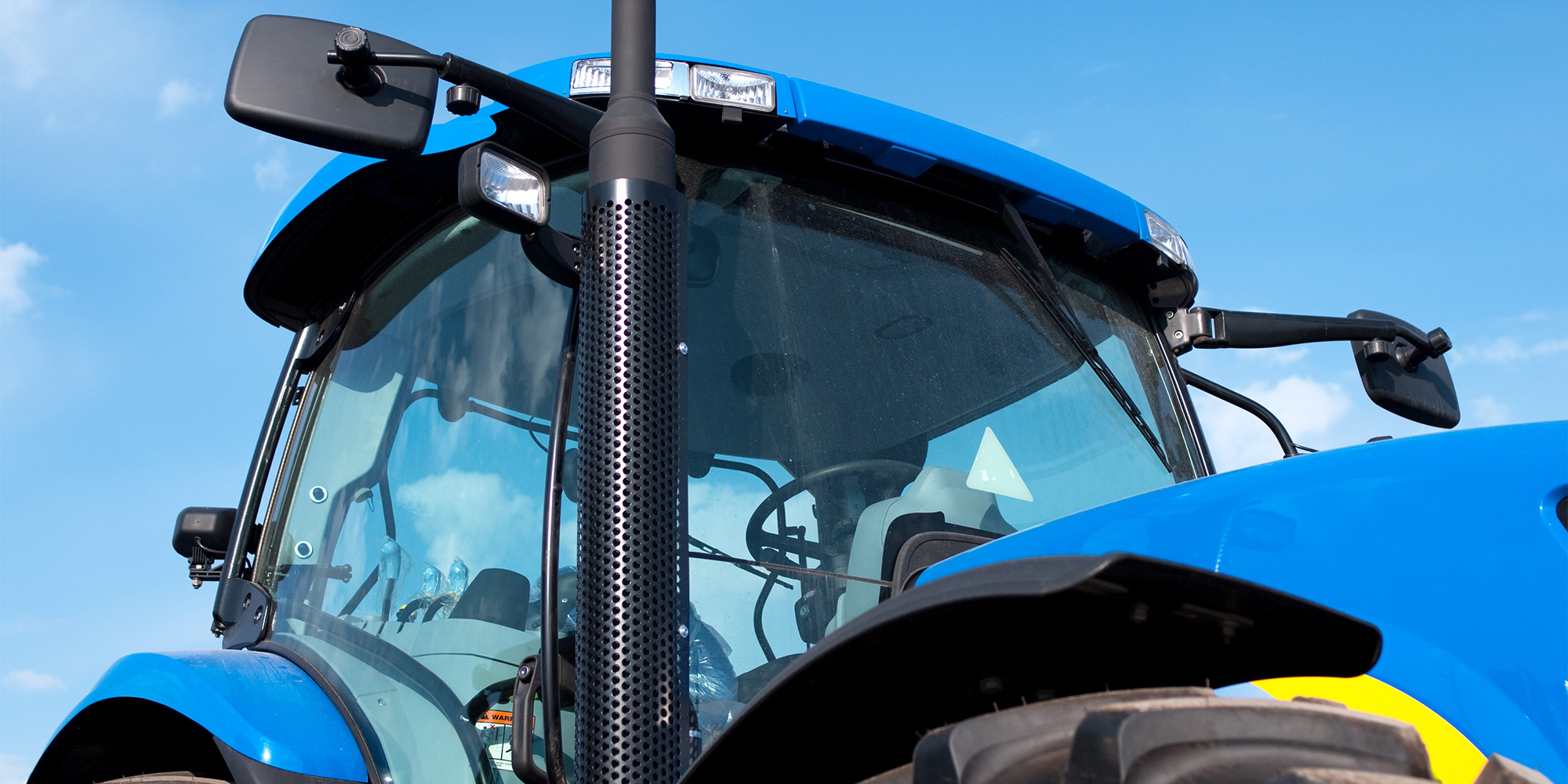
11.07.2017 | Story
The Key to Emissions Reduction
It sounds a bit like squaring the circle: The performance capacity and lifespan of trucks, construction equipment and agricultural machinery is supposed to continually increase, even as they become environmentally friendlier. It is not simply a balancing act for meeting global emissions directives. It is actually doable.
Meeting the future demands for global emissions reduction will come down to using already available technologies more comprehensively and developing less costly and more innovative technologies. “As the leading manufacturer of sealing systems, accumulators and high-performance plastics, we are applying ourselves to the challenges of our customers around the world,” said Joel Johnson, Global Vice President, Mobile Machinery Sector, at Freudenberg Sealing Technologies (FST).
More Efficient Machines and Seals
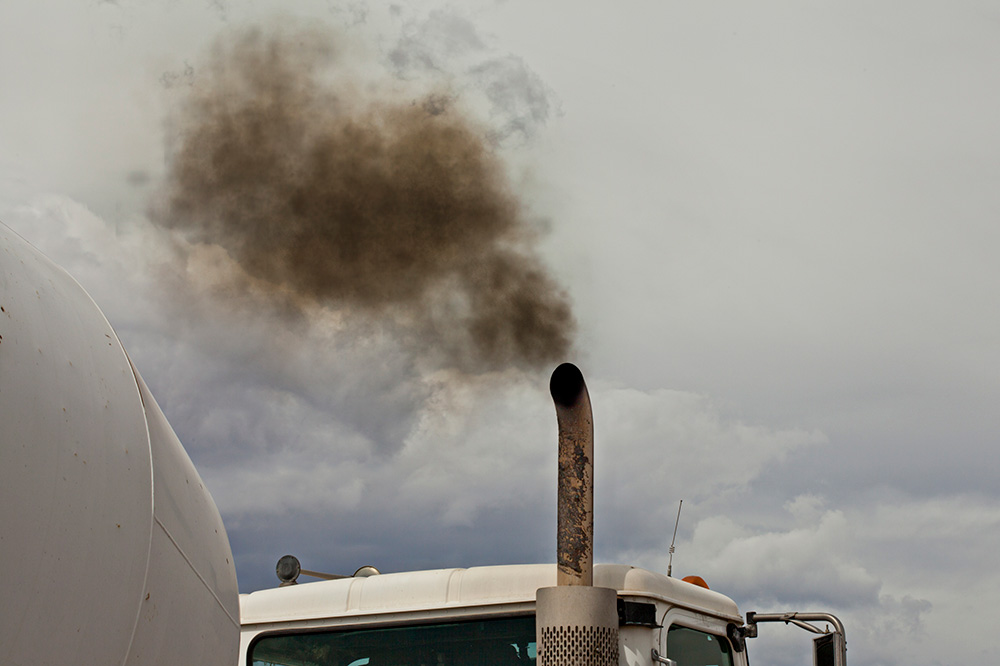
An image that is soon expected to become a thing of the past due to more innovative and less costly technologies.
Johnson considers it obvious that emissions can only be reduced effectively if machines become more efficient. There are many possible ways to do this: downsizing, direct injection or gas recirculation, along with mechanisms such as selective catalytic reduction and decreases in friction – they all affect engine performance and thus the quantity of exhaust gases. But a comparatively small component like a seal can have a lasting effect as well. Advanced sealing solutions have a decisive impact on the lifespan of engines and the improvement of systems. This becomes even clearer when you recognize that seals in automatic transmissions are responsible for the loss of up to one quarter of their mechanical energy. To minimize this loss of power, transmission manufacturers want to reduce the existing friction in seals. In fact, new designs and the materials available today make it possible to produce seals exhibiting ever-lower friction. At the same time, the weight of the transmission is being reduced, and fuel consumption is ultimately declining as well. In parallel, lightweight construction is progressing in engines, which simultaneously have to deal with wider temperature ranges and with advanced fuels and lubricants. They are also supposed to remain high-performing in harsh environments and under the difficult conditions found in the construction and agricultural machinery segment.
Detailed Analysis for an Optimal Seal
In concert with its customers, Freudenberg Sealing Technologies is striving to find solutions to these challenges. There is a parallel effort to improve the efficiency of various powertrain technologies, which in turn has a positive effect on emissions. “Even today, we already have seals in our portfolio that withstand more than 18,000 hours of maximum stress.,” said Johnson, who then cited an ambitious goal: "In the future, we want to double this time frame.” To develop the best possible sealing systems, it is vital to become familiar with the conditions of their use. The exclusion of contaminants is an especially demanding requirement. So is operation in extreme temperature zones. In basic terms, sealing systems are always components of systems prone to wear. “To develop the best possible seals, we must be familiar with all the performance parameters,” Johnson said. “So we must analyze factors such as speed, temperature, applications, surrounding materials, pressure and size.” If a seal is optimally geared to these parameters, it has a positive effect on fuel consumption and thus emissions.
With the application and refinement of the technologies available today, an efficiency increase by nearly 50 percent could be achieved. A cost-effective reduction in emissions would be possible.
FST’s LESS Product Line
“The effort that we have undertaken in recent years has led to our ‘Low Emission Sealing Solutions (LESS)’ product line,” Johnson said. The products have already been tested successfully in field trials. The LESS solutions have demonstrably improved energy consumption, efficiency and emissions in trucks, construction equipment and farm machinery. The product lineup includes:
- Modified valve seals for diesel engines, which facilitate oil dosing and blow-by control
- The next generation of crankshaft seal technology, which reduces friction by 90 percent
- Material and process technologies that enable improvements in the exhaust gas values by using seals that take up oil flow and oil pressure, minimizing the loss of power
- Gaskets compatible with exhaust gases and urea additives
- AdBlue® materials that withstand high temperatures

Due to the prevailing environmental pollution, China needs strict emissions standards as well.
Manufacturers Face Challenge in Emissions Reduction
But it is not only improved powertrain technologies that will contribute to a reduction in emissions in the future. Other new global advances are looking in the same direction. All the new developments in Europe and the U.S. largely meet the Stage 4 emission standard. A crucial question is where and to what degree will other regions follow. “In China, emission standards will probably be in force that come close to the Stage IV limits, due to the air pollution in that country,” Johnson said. But what about markets such as India and Iran? Global manufacturers are facing the challenge of introducing new technologies. They must promote adherence to stricter limits. At the same time, they must always take an overall operating-cost approach into account that allows longer periods of machine operation.
Are Electric Powertrains a Sensible Alternative?
Powertrain electrification is another trend that varies from market to market. Electrification lends itself to industrial trucks. They are often used in closed spaces and require additional weight to keep them from tipping over, and the battery provides the counterweight. Some customers are working on replacing the battery with a fuel-cell drive, which would make charging stations superfluous. “That would in fact be the ultimate solution for emissions reduction,” Johnson said. But it’s a different story for farm machinery. They are often operated over a long period at the same speed, far from any infrastructure. That makes efficient diesel engines the option of choice for farms, since they guarantee a constant output and only need to stop for fuel.
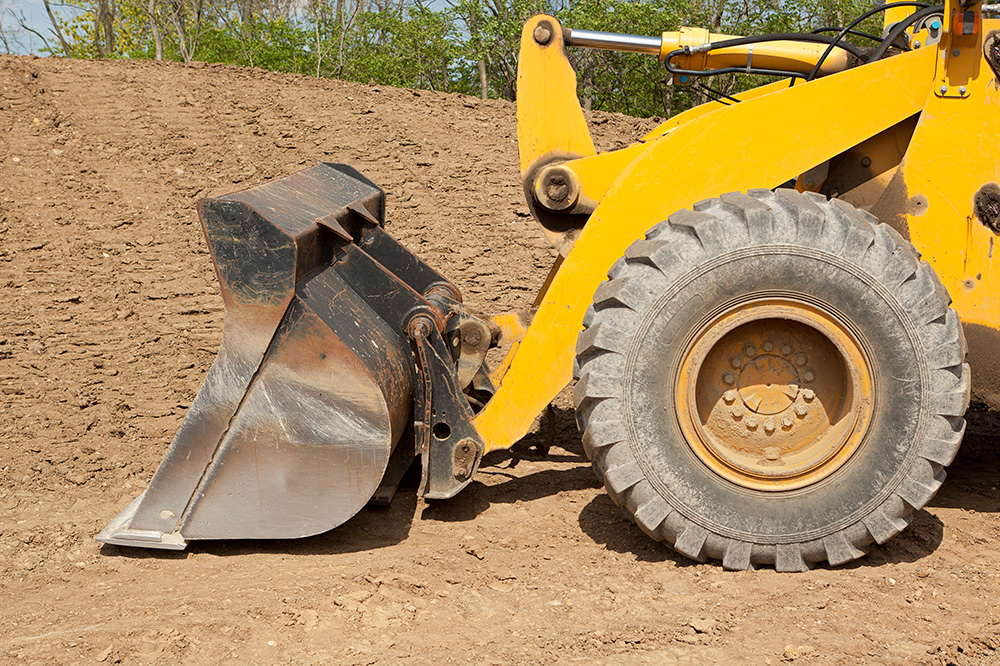
The energy balance sheet can also be improved for excavators.
Diesel Hybrids for Smaller Construction Machinery
“A diesel hybrid powertrain makes sense for the smaller construction equipment used in urban environments,” Johnson said. Here the diesel engine operates as a generator at a constant rotational speed, which reduces background noise considerably. By contrast, an electrical system takes over the work output. In some applications – such as the classic excavator – the replacement of the hydraulic system with an electrical system is not practical. Auxiliary hydraulic storage systems offer clear advantages. Here the pressure generated by the hydraulic system would be stored in an accumulator and not led back to an oil tank. This energy is then used for the next mechanical motion. When the energy stored in the accumulator is used for work phases with a relatively small load, the overall energy balance sheet improves.
Altogether Johnson is confident about the future: “With the application and refinement of the technologies available today, an efficiency increase by nearly 50 percent could be achieved. A cost-effective reduction in emissions would be possible."
More news on the subject Sustainability

Join Us!
Experience Freudenberg Sealing Technologies, its products and service offerings in text and videos, network with colleagues and stakeholders, and make valuable business contacts.
Connect on LinkedIn! open_in_new